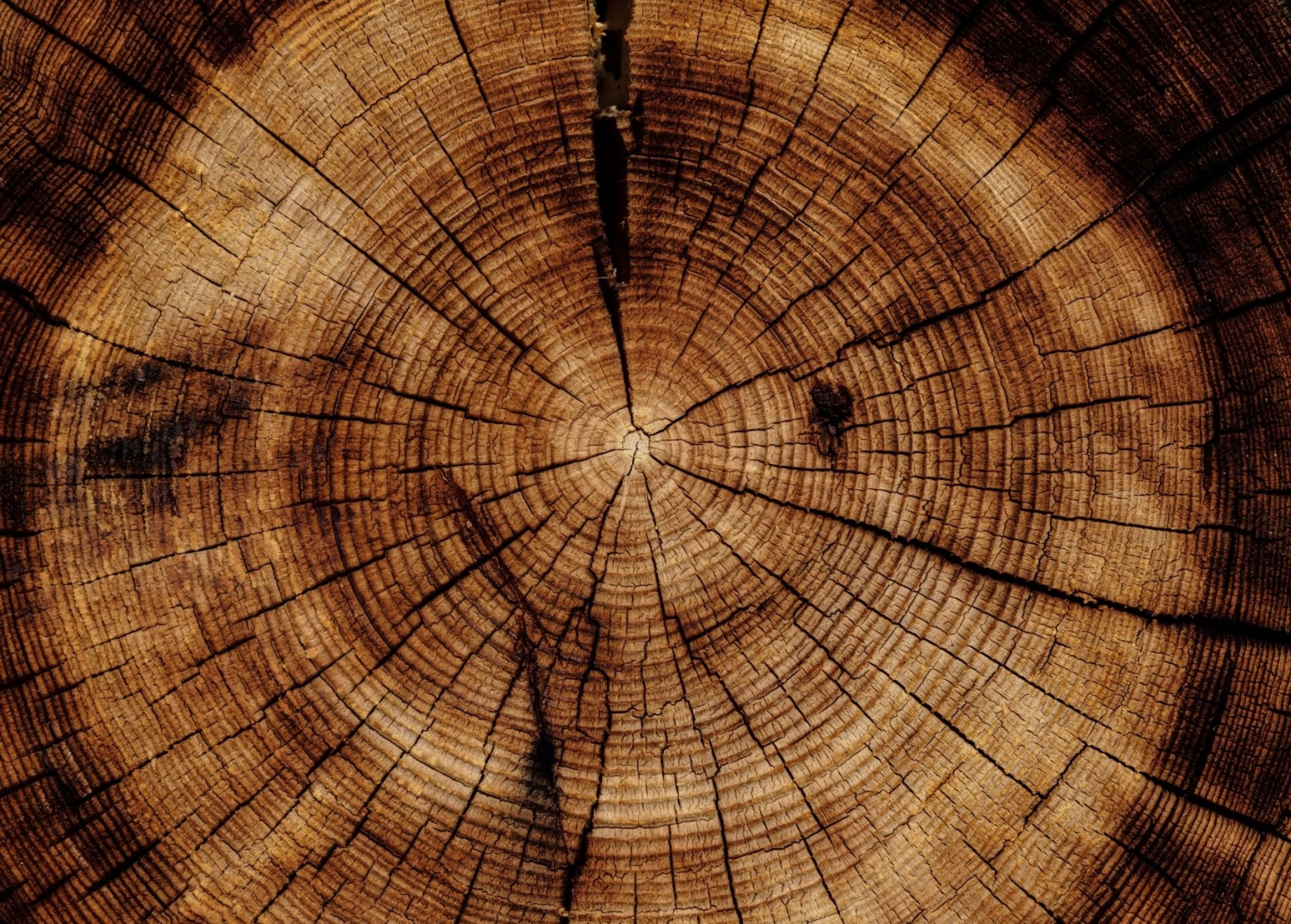Over the course of my life, I have encountered exceptional trees: the giant sequoias and the secular General Sherman (2200 - 2700 years old) in California, the Lebanese cedars in the Beqaa valley, the endangered rosewoods close to the temples of Angkor Wat, the mangroves providing protection against the cyclones in Mozambique, the forest of old European larches (Larix decidua) of Santa Gertrude in Val d'Ultimo in Italy, the fossilized trunks of the Petrified Forest in Arizona, the enormous eucalyptuses of Hawaii, the boabab (Adansonia digitata) emigrated from East Africa to Barbados. Incredible, resilient, millennial, living, sacred beings.
The symbiotic relationship between man and trees is as old as man himself: according to Nature, the earliest structural use of wood by hominins was 476,000 years ago, even before becoming sapiens. But trees were also the first element in nature with which man broke this symbiosis, economically speaking, i.e. in the management of its home and thus of its resources. Just think of the Terramara civilisation that, it has been hypothesized, cleared most of the forests of the Po Valley in Italy 3,200 years ago or the devastation of the palms on Easter Island which led to the extinction of the indigenous population.
The very term sustainability has its own origins in forestry, in the renowned book on forest management by Hans Carl von Carlowitz, Sylvicultura Oeconomica oder Anweisung zur wilden Baum-Zucht (1713), which warns of the need for gradual cutting and progressive reforestation of the forests to permit mining operations and the survival of the citizens of Saxony. From this point on, the relationship between man, development, and forests has continued to be controversial and complicated. On the one hand, we have improved our understanding of managing wood and fruit trees as a resource, on the other hand, the race to extract materials pushed through by agribusiness and mining has devastated all kinds of forests in every part of the world.
Man and Trees: the New Issue of Renewable Matter
Publishing a special issue on trees these days means analysing this controversial relationship between man and trees. It is a journey to understand these incredible beings – as Tiziano Fratus, Miroslav Svoboda, and our columnist Laxmi Haigh recount – their "intelligence", and their complex relationship with humans, from tourism to exploitation. In addition to the philosophical and scientific aspect, we delve into the role that trees play in ecosystem services and the current state of forest health with a reportage from Valeria Barbi, who is crossing America to study the biodiversity crisis, an investigation into the illegal wood trade by Rudi Bressa and an in-depth study of the bark beetle infestation by Simone Fant.
Then, obviously, we are going to explore circular and resilient solutions in the economy. From the evolutions of the biorefinery, recounted by bioeconomist Mario Bonaccorso, to the applications of wood in architecture illustrated by Maria Chiara Voci, moving to the topic of carbon credits related to conservation and reforestation, which is as complex as it is challenging. Then we put under the microscope the question of paper for packaging and the strategies for the decarbonisation of paper mills, the collective systems of wooden packaging, and an attempt to understand the supply chain with the European Forest Institute and Sari Essayah, Minister of Agriculture and Forestry in the leading country in the forest economy, Finland (which, however, strives for sustainable management, given the booming demand for wood products and derivatives)
It would have been possible to address thousands of other aspects (forestry and its evolution, the world of furniture, new cultivations such as bamboo and Paulownia, and so on) and thousands of maps and photos (in this issue there is a comeback of the photos by the very talented Giada Connestari, while Le Monde cartographer Riccardo Pravettoni joins the team) to explain the complexity of this relationship. For now, what is important is that this topic puts down roots and enters the economic and environmental debate with the complexity it deserves.
If you have a hard copy in your hand, please think of the sacrifice made to transport this knowledge, to this day the most noble use of paper, and treasure it by reading every article. Maybe after having gone for a walk in the forest through the crackling leaves and focusing your attention on the trees. Every reflection sprouts from meditation.
Download and read issue #47 of Renewable Matter on Trees
Image: Joel Jasmin Forestbird- (Unsplash)



